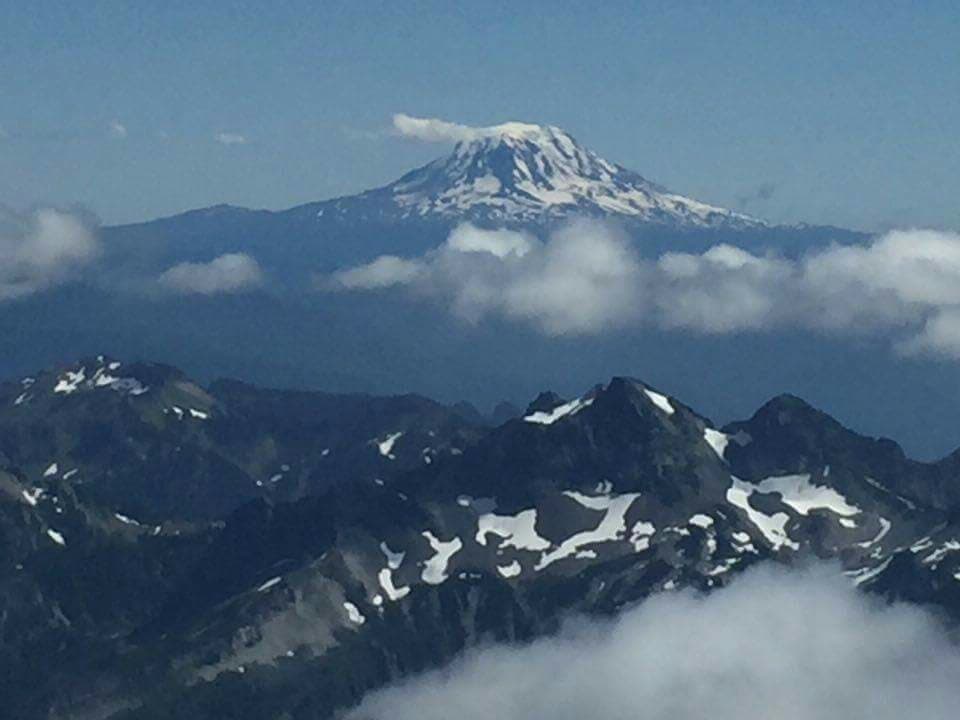
Camp Muir
A challenging high-altitude hike to a basecamp on Mount Rainier, offering stunning panoramic views and a true test of endurance.
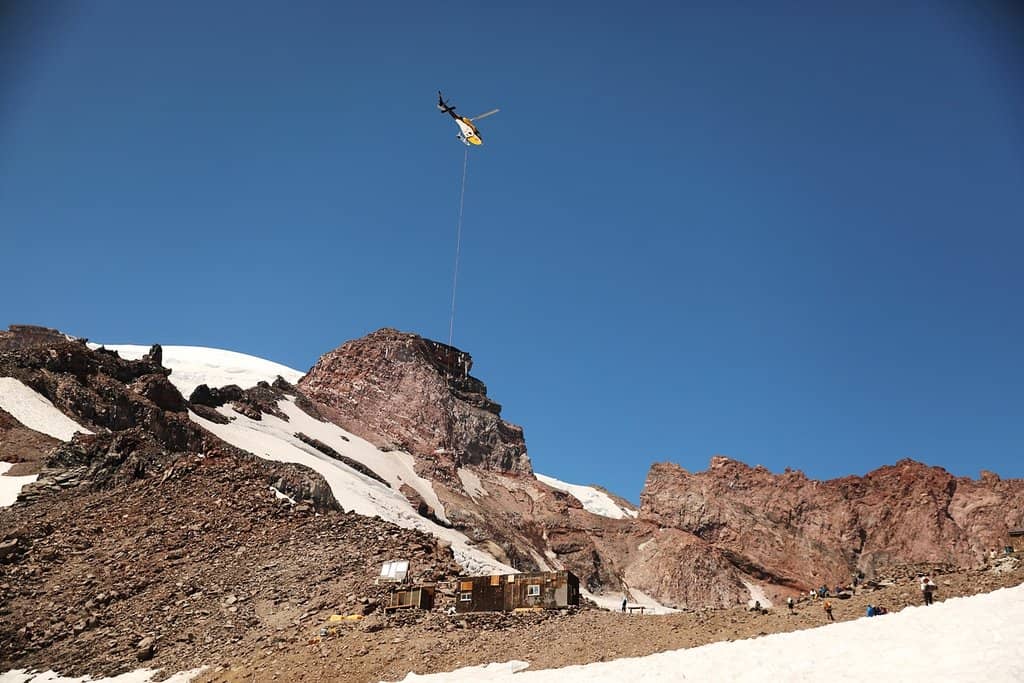
Highlights
Must-see attractions
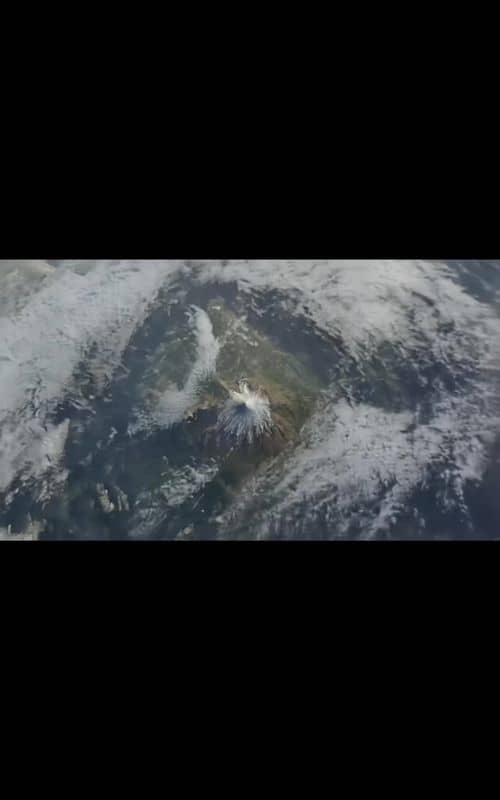
Social
From TikTok & Reddit
Best Time
Firmer snow, fewer crowds

Camp Muir
Best Time
Firmer snow, fewer crowds

Highlights
Must-see attractions
A challenging high-altitude hike to a basecamp on Mount Rainier, offering stunning panoramic views and a true test of endurance.
"Breathtaking. Literally and figuratively. The hike is strenuous but the views are unparalleled."

Start Your Hike Early! ☀️
Beat the slush! Starting early prevents slogging uphill in melting snow. Aim for before 10-11 AM .
Hydration & Snacks are Key 💧
Bring at least 2 liters of water and plenty of snacks. The hike is strenuous and the altitude is high.
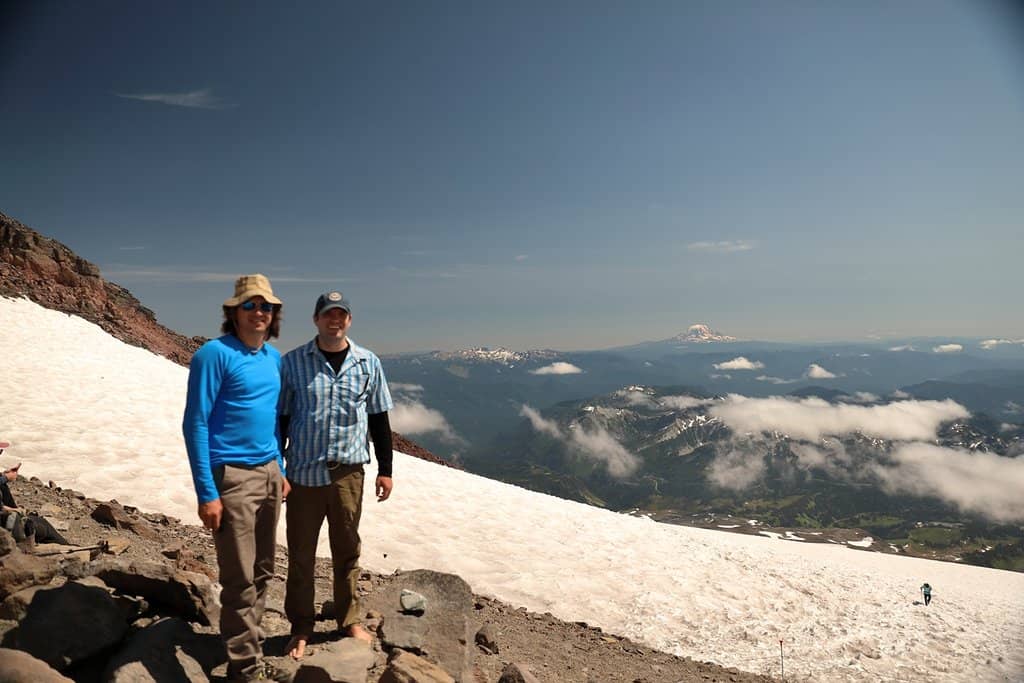
Highlights
Discover the most iconic attractions and experiences
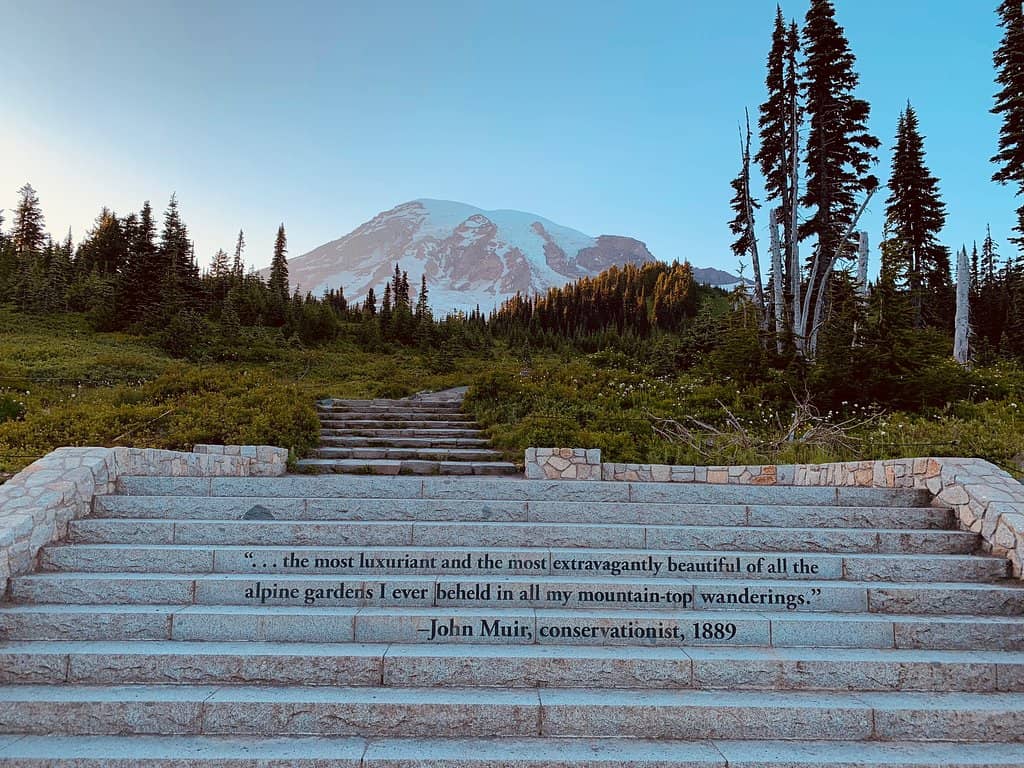
The Iconic Camp Muir Hut
Camp Muir
The rustic basecamp for mountaineers, offering a unique high-altitude experience and stunning panoramic views.
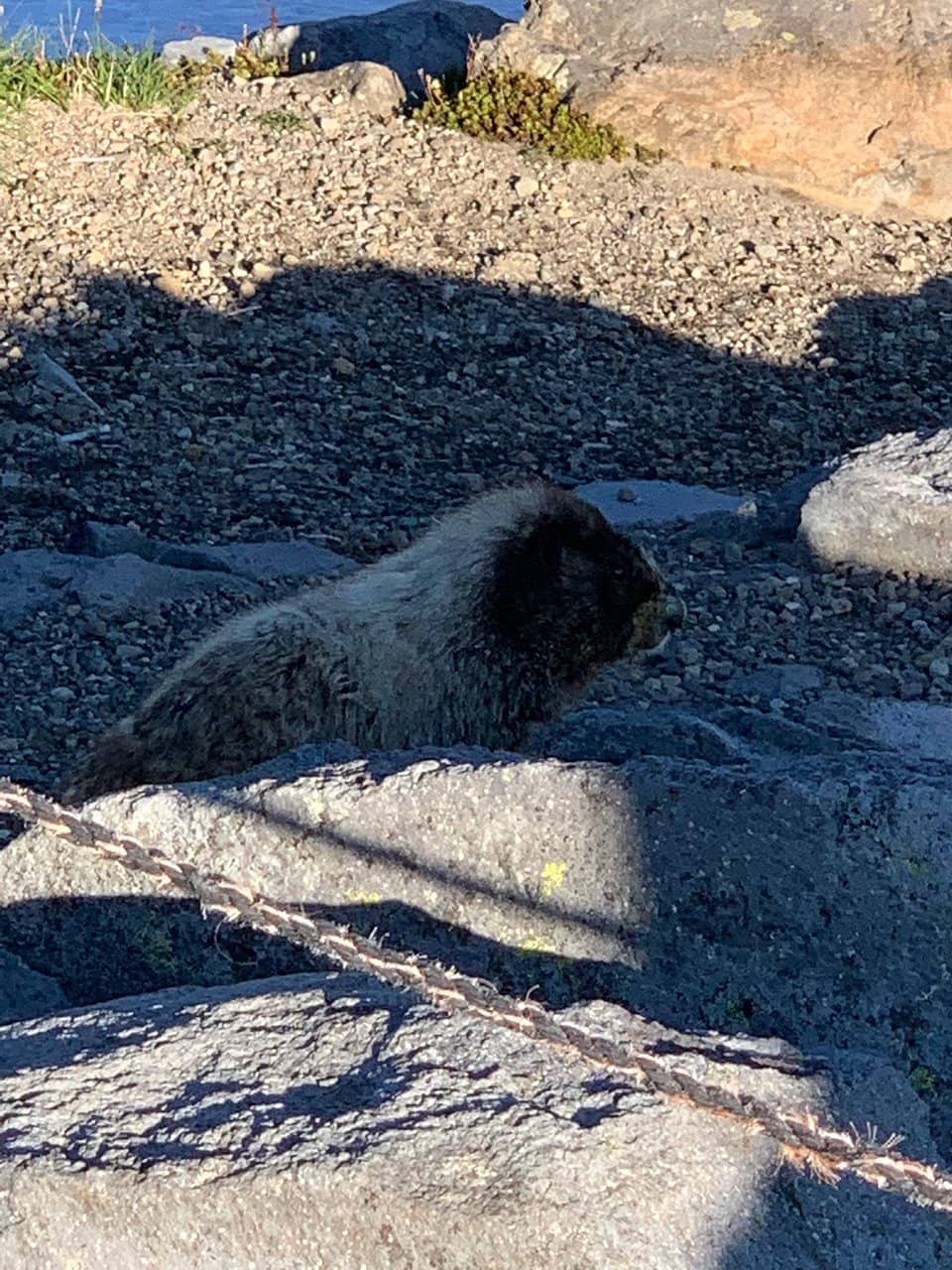
Panoramic Mountain Vistas
Camp Muir
Gaze upon Mount Adams, Mount St. Helens, and sometimes even Mount Hood, often above a sea of clouds.
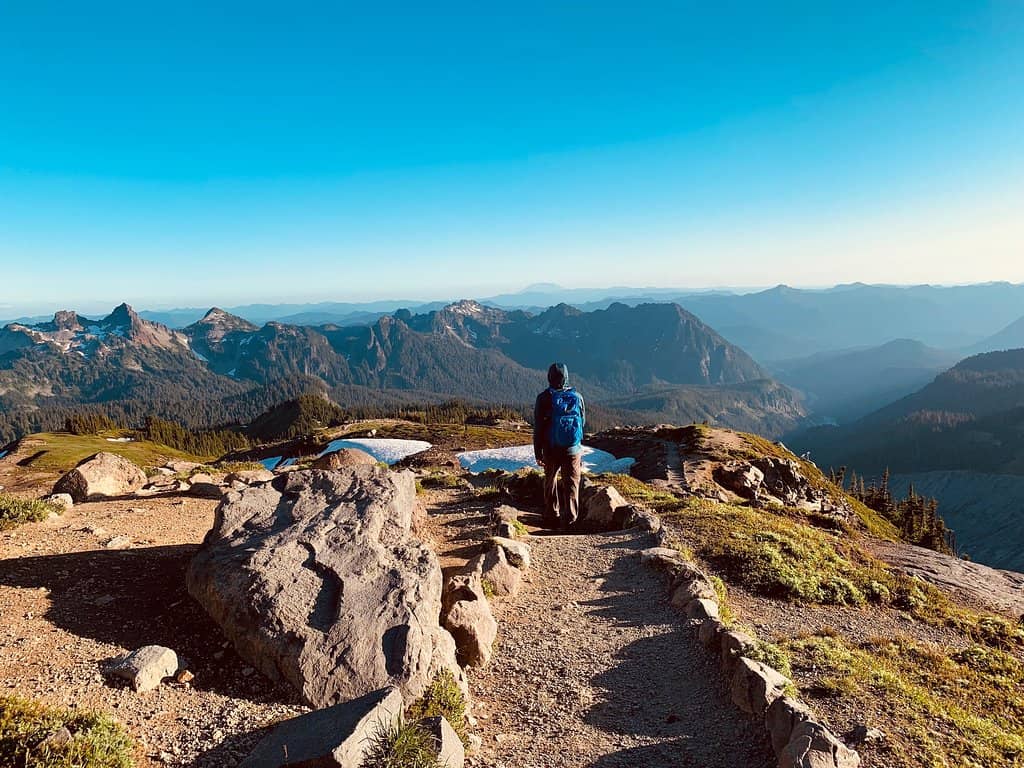
Glacier Views & Climate Change Evidence
Camp Muir
Witness the shrinking glaciers and melting snowfields, a stark reminder of our changing planet.
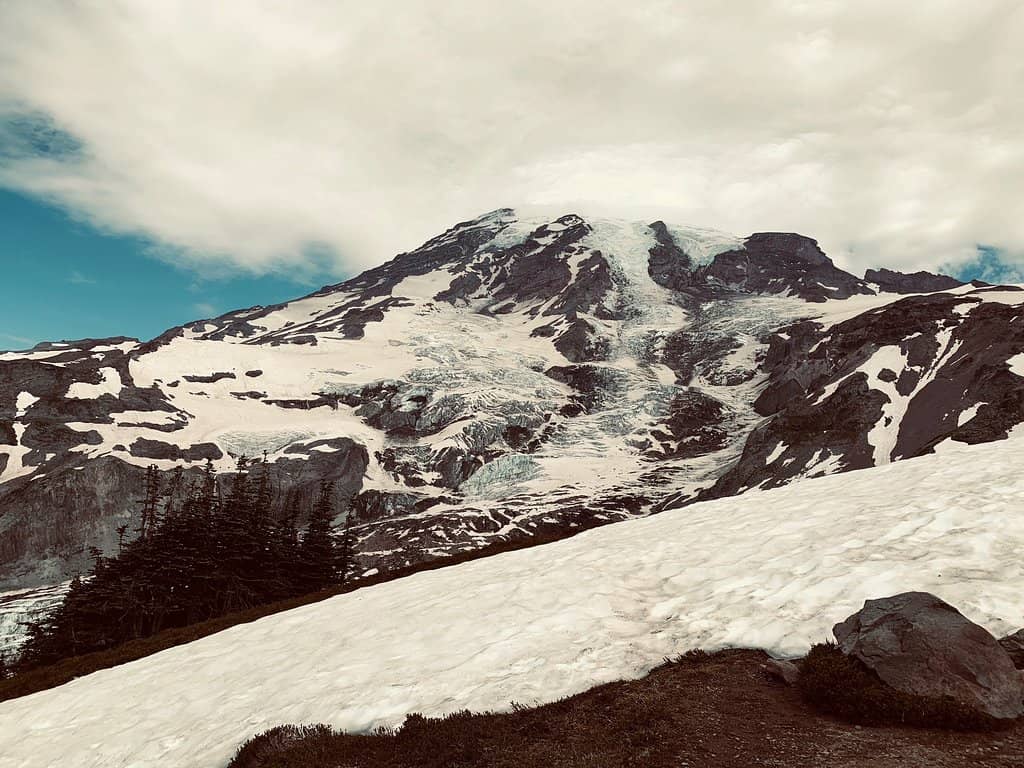
Epic Glissading Descent
Snowfields below Camp Muir
Slide down the snowfields on your backside for a fun and exhilarating way to descend the mountain.
Plans like a pro.
Thinks like you
Planning Your Visit
Timing is Everything for Snow Conditions
Prepare for a Strenuous Ascent
Best Times
Insider Tips
from TikTok, Instagram & Reddit
Start Your Hike Early! ☀️
Beat the slush! Starting early prevents slogging uphill in melting snow. Aim for before 10-11 AM.
Hydration & Snacks are Key 💧
Bring at least 2 liters of water and plenty of snacks. The hike is strenuous and the altitude is high.
Sun Protection is Crucial 😎
High altitude means intense sun. Wear sunscreen, sunglasses, and a hat to protect yourself from glare off the snow.
Gear Up for Snow ❄️
Crampons and hiking poles are highly recommended, especially in late spring/early summer, for stability on slippery snow.
Tips
from all over the internet
Start Your Hike Early! ☀️
Beat the slush! Starting early prevents slogging uphill in melting snow. Aim for before 10-11 AM.
Hydration & Snacks are Key 💧
Bring at least 2 liters of water and plenty of snacks. The hike is strenuous and the altitude is high.
Sun Protection is Crucial 😎
High altitude means intense sun. Wear sunscreen, sunglasses, and a hat to protect yourself from glare off the snow.
Gear Up for Snow ❄️
Crampons and hiking poles are highly recommended, especially in late spring/early summer, for stability on slippery snow.
Layer Up Your Clothing 🧥
Temperatures fluctuate wildly. Be prepared for warmth on the ascent and a significant chill at Camp Muir.
Embrace the Glissade! 🛷
Bring a poncho or waterproof pants for a fun, fast, and memorable descent down the snowfields.
What Travellers Say
Reviews Summary
Visitors consistently rave about the breathtaking, literally and figuratively, views from Camp Muir. The challenging hike is rewarded with unparalleled panoramas of surrounding peaks and a unique high-altitude experience. However, be prepared for strenuous conditions, variable snow, and the need for proper gear and hydration.
"Breathtaking. Literally and figuratively.
Bring lots of water (2 liters minimum) and snacks. Wear sunscreen. It can take anywhere between 4.5 hours to 9 hours depending on your hiking experience.
Descent is as fun as ascent. Bring poncho or waterproof jackets to butt slide on.
Crampons are good idea if you are not comfortable with navigating through slippery snows on your boots."
Nima Hyolmo
"Our hike to Camp Muir via the Skyline Loop Trail was undertaken on an exceptionally sunny day in mid-June, revealing surreal and unparalleled scenery that distinguished it from any other trail I've experienced. Hikers should be prepared for slushy snow covering the slope, making conditions quite slippery. Essential gear includes crampons and hiking poles for stability, a generous supply of water, along with sunglasses and sunscreen for sun protection. A key consideration is the significant temperature fluctuation: the slope leading to Camp Muir can become very warm, while at Camp Muir itself could experience a sharp drop in temperature, necessitating the use of layered clothing."
Lucas Zhu
"I stopped counting how many times I had been here, but every time I still love the view and experience it offers.
You see Adams and St Helens, sometimes you will also see Hood, Jefferson in Oregon.
In some days when there's low clouds, you will see all the peaks above the sea of clouds
One other thing you can see is also the evidence of global warming, where you see the glaciers shrinking, and snowfield melting away right in front of your eyes, under your feet."
Zoe Zou
What People Like
What People Dislike
Frequently Asked Questions
🚇 🗺️ Getting There
The primary route to Camp Muir starts from the Paradise area of Mount Rainier National Park. The hike is approximately 4.5 miles one-way with a significant elevation gain of over 4,500 feet. You'll follow the Skyline Trail for a portion before heading towards Camp Muir. Be prepared for snow, especially in late spring and early summer.
Yes, parking is available at the Paradise area of Mount Rainier National Park. However, it can fill up quickly, especially during peak season. Arriving early is highly recommended.
No, Camp Muir is only accessible by hiking. There are no roads leading directly to the camp. The journey is entirely on foot, often through snowfields.
The most common and recommended way to reach Camp Muir is by hiking from the Paradise area. This hike is challenging but offers incredible rewards.
While Mount Rainier National Park offers shuttle services within certain areas, there isn't a dedicated shuttle specifically to the Camp Muir trailhead itself. You'll need to drive to Paradise and start your hike from there.
🎫 🎫 Tickets & Entry
A permit is not required for a day hike to Camp Muir. However, if you plan to stay overnight in the bunkhouse or camp, a permit is mandatory and must be obtained in advance.
Camp Muir is accessible year-round for hikers, but the conditions can be extreme. The visitor facilities at Paradise have seasonal hours, but the trail to Camp Muir itself is always open to those prepared for the conditions.
Yes, Mount Rainier National Park has an entrance fee per vehicle. This fee is valid for seven days and grants access to the entire park, including the Paradise area where the Camp Muir hike begins.
Yes, overnight stays at Camp Muir are possible in the bunkhouse, but require a permit. These permits are highly sought after and should be booked well in advance through the park's concessioner.
Yes, guided hikes to Camp Muir are available through various guiding services. These can be a great option for those seeking a more supported and informative experience, especially if you're new to mountaineering or high-altitude hiking.
🎫 🧭 Onsite Experience
The hike to Camp Muir is considered strenuous and challenging. It involves significant elevation gain (over 4,500 feet) and often requires navigating snowfields, which can be slippery and demanding.
The hike can take anywhere from 4.5 to 9 hours roundtrip, depending on your hiking experience, fitness level, and the snow conditions. Many people spend several hours at Camp Muir enjoying the views.
Camp Muir has basic facilities, including a ranger station and restrooms. It serves as a crucial basecamp for climbers attempting to summit Mount Rainier. Toilets are available but can be smelly.
The views from Camp Muir are spectacular, offering panoramic vistas of surrounding peaks like Mount Adams, Mount St. Helens, and Mount Hood, often above a sea of clouds.
The hike to Camp Muir can be dangerous due to rapidly changing weather, avalanche risk (especially in winter/spring), and challenging snow conditions. Proper preparation, gear, and awareness are crucial.
📸 📸 Photography
Camp Muir offers incredible photo opportunities, from the dramatic mountain landscapes and surrounding peaks to the unique high-altitude environment. Sunrises and sunsets can be particularly stunning.
A wide-angle lens is great for capturing the vast landscapes. Consider a telephoto lens for distant peaks. A sturdy tripod can be useful for low-light conditions or long exposures. Don't forget extra batteries, as cold can drain them quickly.
Early morning for sunrise and late afternoon for sunset offer the best light. Midday can be harsh due to the intense sun reflecting off the snow, but the panoramic views are still impressive.
The entire area around Camp Muir provides stunning viewpoints. The approach to the camp itself offers increasingly dramatic perspectives. Look for clearings that offer unobstructed views of the surrounding peaks.
Include a person or a recognizable object in your frame to give a sense of scale. Shooting from a lower angle can also emphasize the grandeur of the mountains.
For Different Travelers
Tailored advice for your travel style
👨👩👧 Families with Kids
💰 Budget Travelers
📸 Photography Enthusiasts
Deep Dives
In-depth insights and expert knowledge
The Camp Muir Hike: A Physical Challenge
Starting early is a recurring theme among seasoned visitors. By beginning your hike before 10 or 11 AM, you can often avoid the worst of the afternoon slush, making the ascent and descent more manageable and safer. The altitude at Camp Muir (over 10,000 feet) also plays a significant role, with many experiencing thinner air and the effects of elevation. It's crucial to be well-hydrated and to listen to your body throughout the journey.
While challenging, the rewards are immense. The sense of accomplishment is palpable, and the views are unparalleled. It's a hike that tests your endurance but offers an unforgettable experience and a true appreciation for the grandeur of Mount Rainier.
Navigating Snow Conditions and Gear
Beyond traction, layered clothing is paramount. The temperature can swing dramatically from the warmth of exertion on the ascent to a biting chill at Camp Muir itself. Being prepared with moisture-wicking base layers, insulating mid-layers, and a waterproof/windproof outer shell is crucial for comfort and safety. Don't underestimate the power of the sun at high altitudes; sunglasses, sunscreen, and a hat are non-negotiable to prevent sunburn and snow blindness.
For those looking for a bit of fun, glissading (sliding down the snow on your backside) is a popular and exhilarating way to descend. Bringing a poncho or waterproof pants can make this experience even more enjoyable and keep you drier.
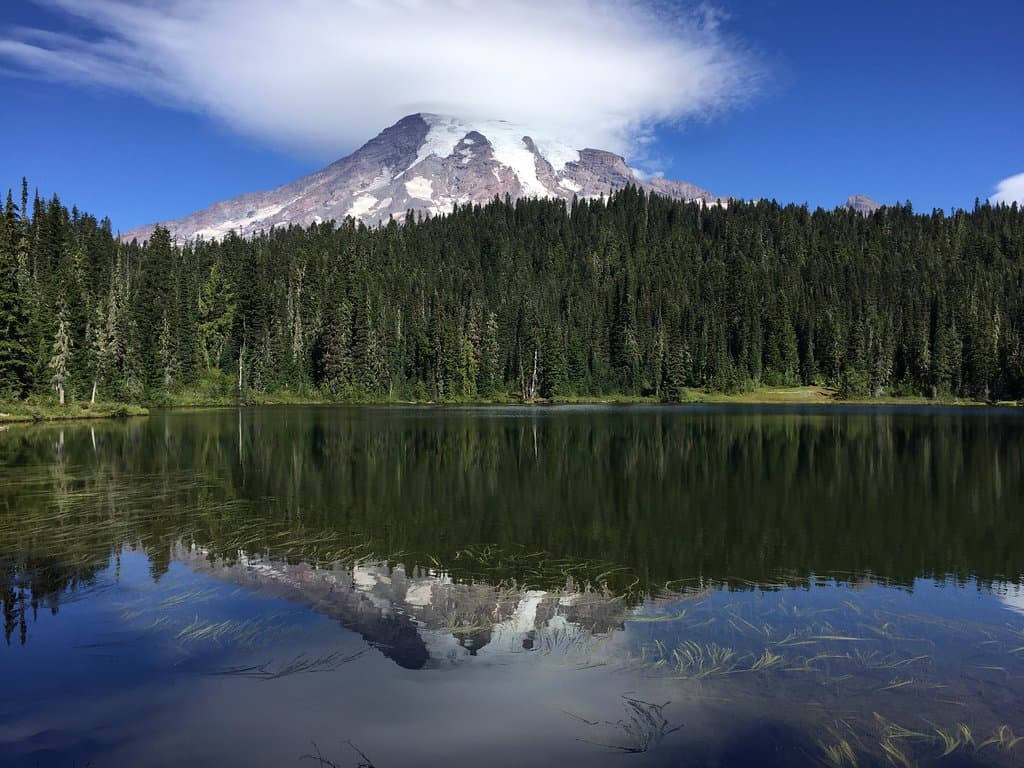

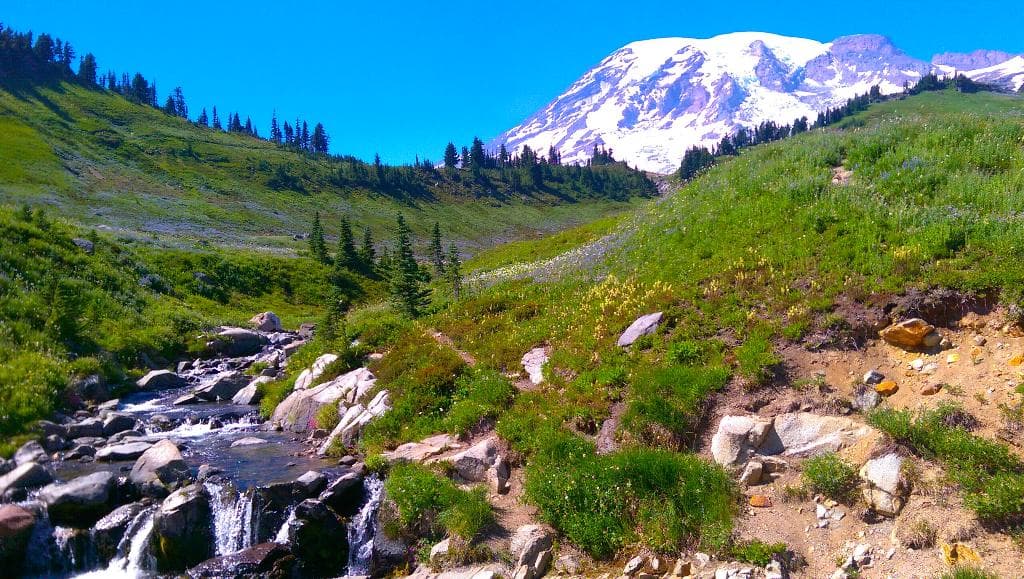
Social
from TikTok, Instagram & Reddit